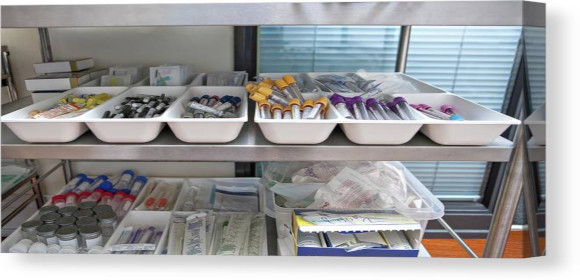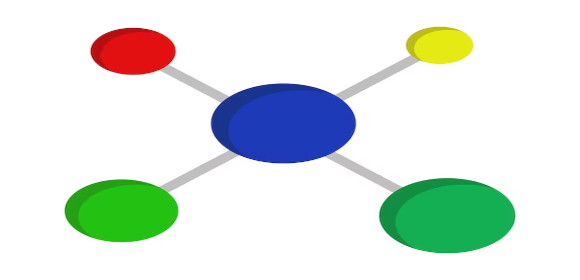Research studies are made to communicate new discoveries, theories, and analyses. Whether you are in college or working for a company, research is made to bring benefits to society.…
continue reading
Sampling, PDF
-
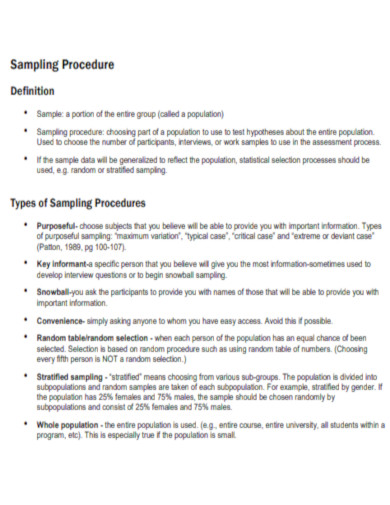
Sampling Procedure
download now -
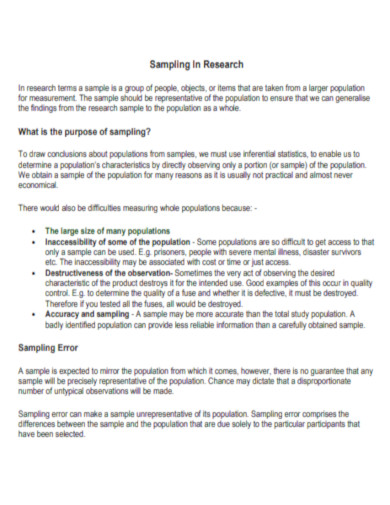
Sampling In Research
download now -
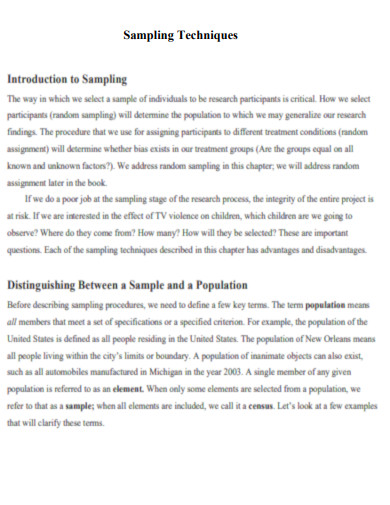
Sampling Technique
download now -
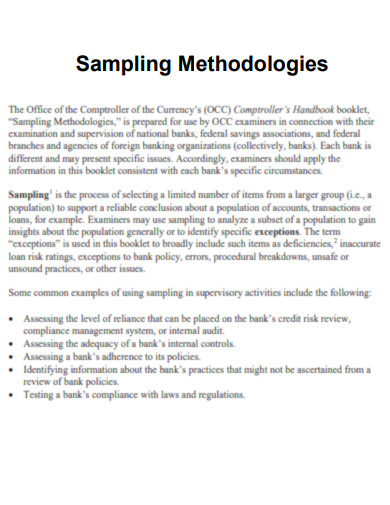
Sampling Methodologies
download now -
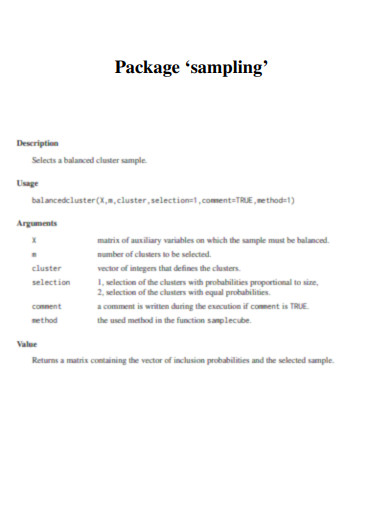
Sampling Package
download now -

Guide to Sampling for Community Health Assessments
download now -
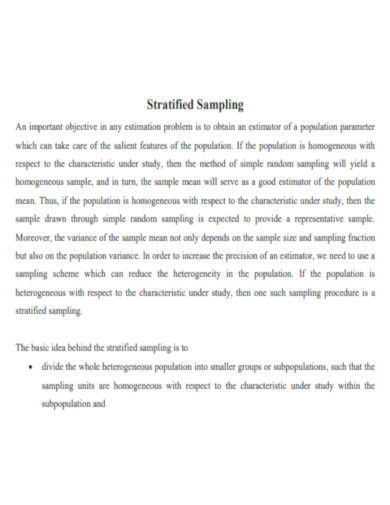
Stratified Sampling
download now -
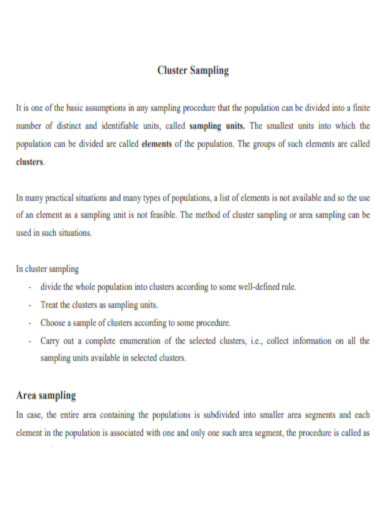
Cluster Sampling
download now -
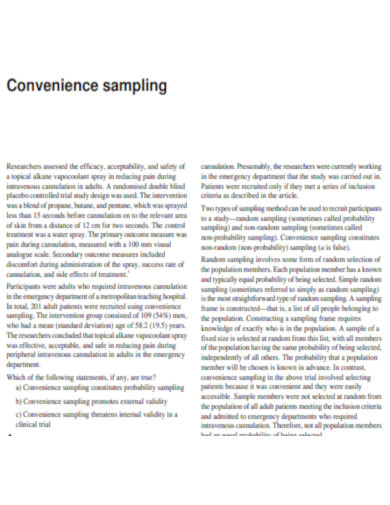
Convenience Sampling
download now -
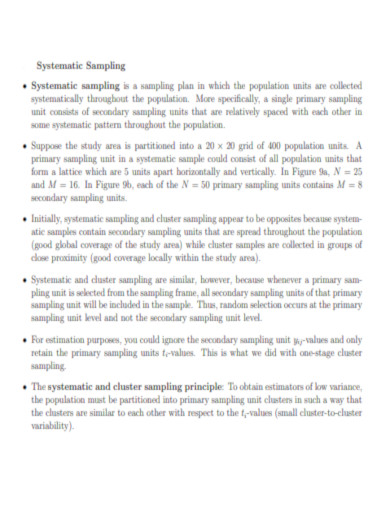
Systematic Sampling
download now -
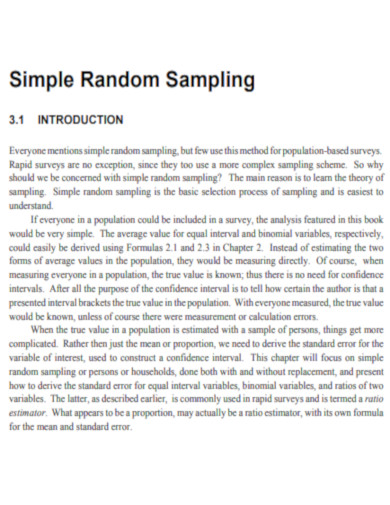
Simple Random Sampling
download now -
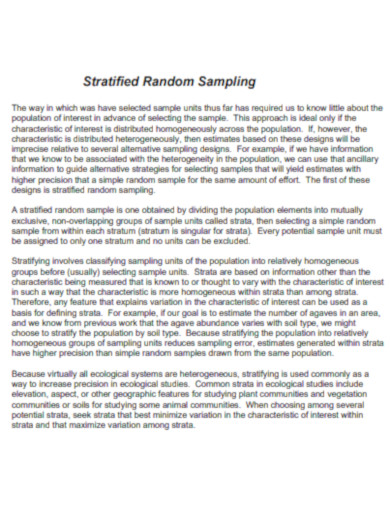
Stratified Random Sampling
download now -
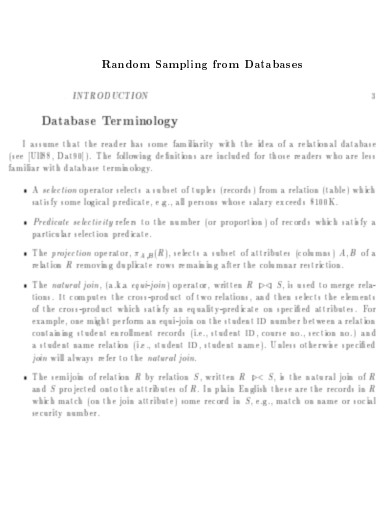
Random Sampling from Databases
download now -
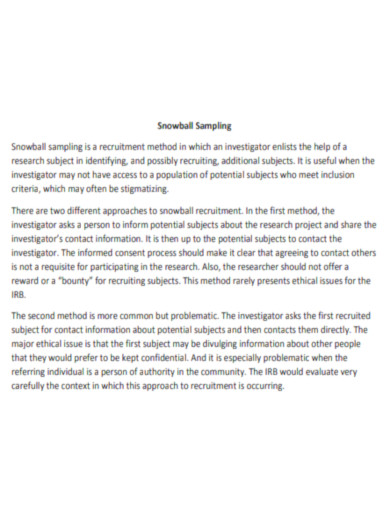
Snowball Sampling
download now -
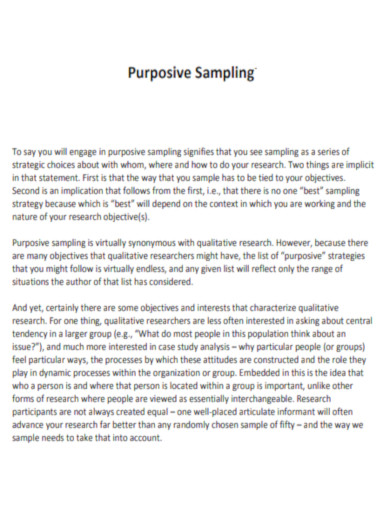
Purposive Sampling
download now -
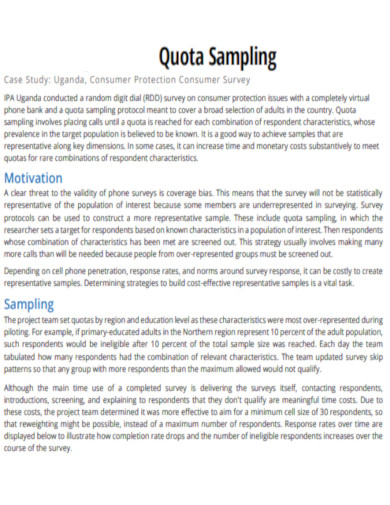
Quota Sampling
download now -
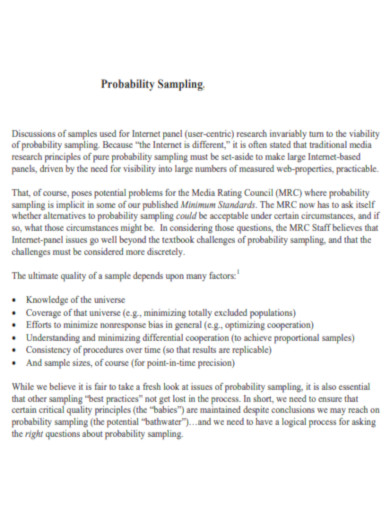
Probability Sampling
download now -
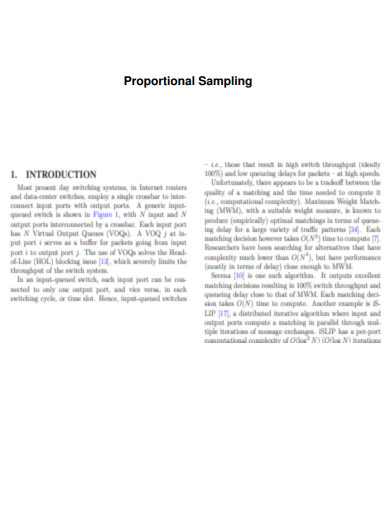
Proportional Sampling
download now -

Multistage Sampling
download now -
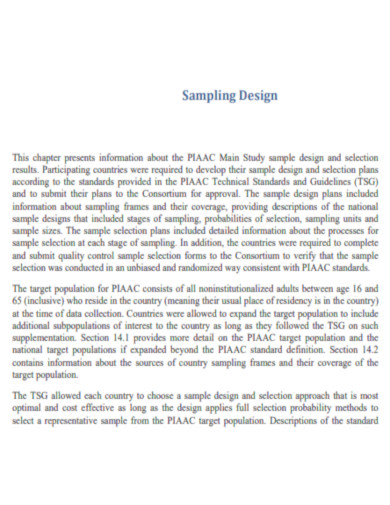
Sampling Design
download now -
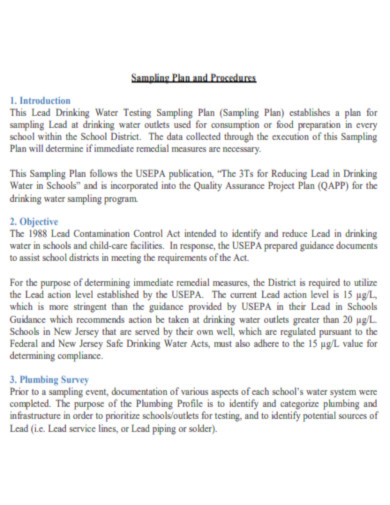
Sampling Plan and Procedures
download now -
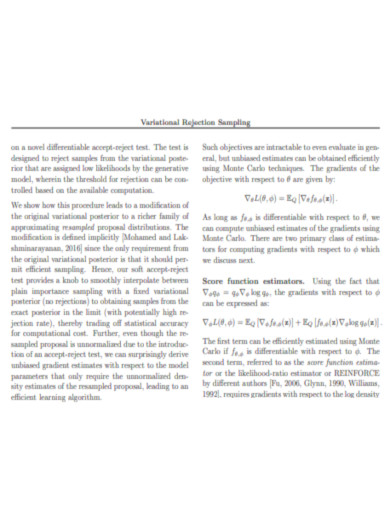
Variational Rejection Sampling
download now -
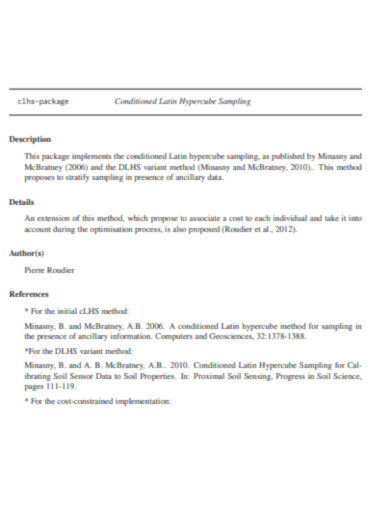
Latin Hypercube Sampling
download now -
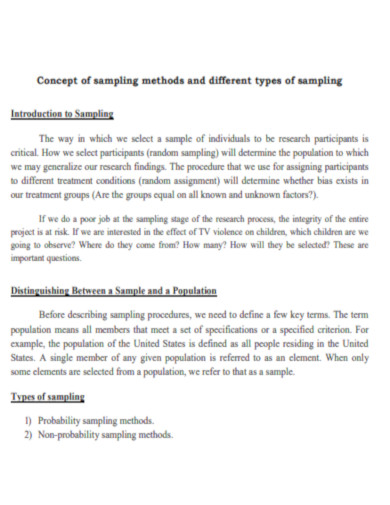
Different Types of Sampling
download now -
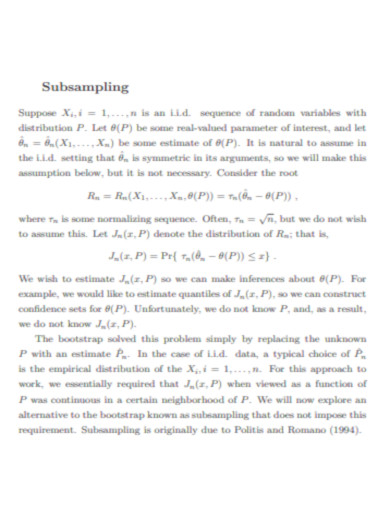
Subsampling
download now -
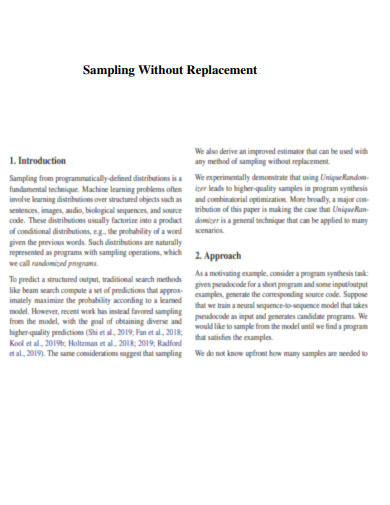
Sampling Without Replacement
download now -
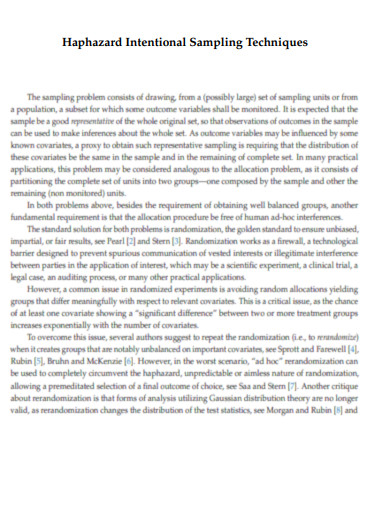
Haphazard Sampling
download now -
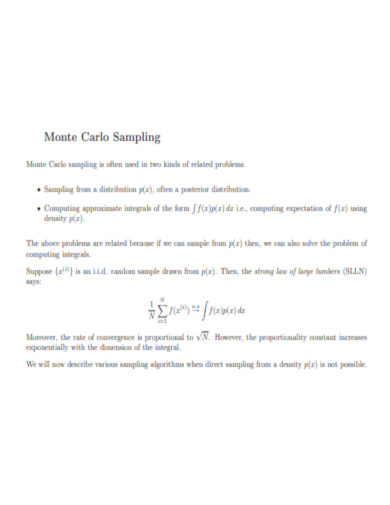
Monte Carlo Sampling
download now -
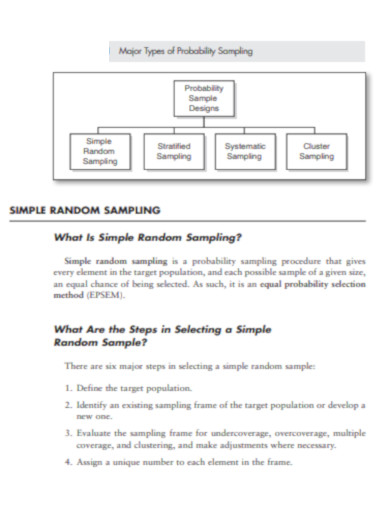
Types of Probability Sampling
download now -
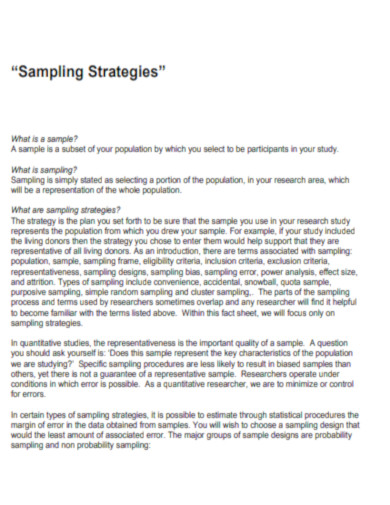
Sampling Strategies
download now -
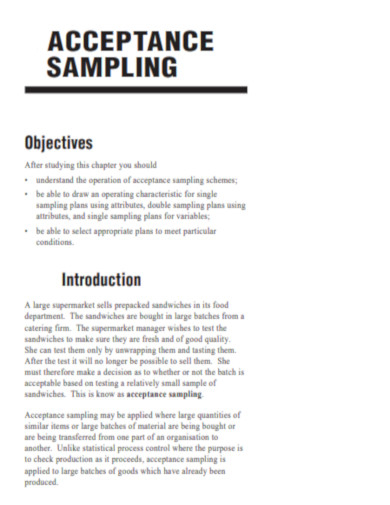
Acceptance Sampling
download now -
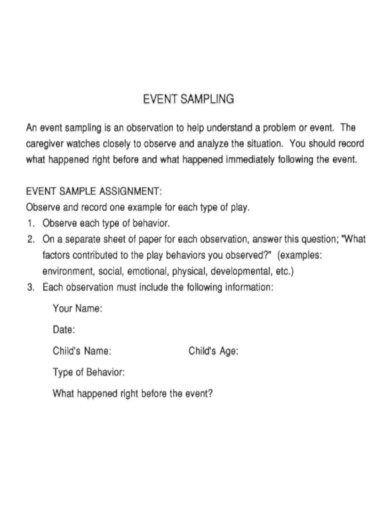
Event Sampling
download now -
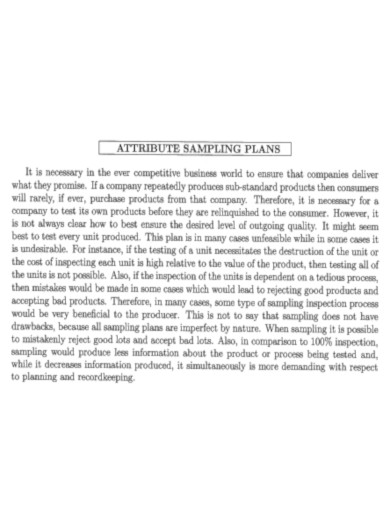
Attribute Sampling Plan
download now -
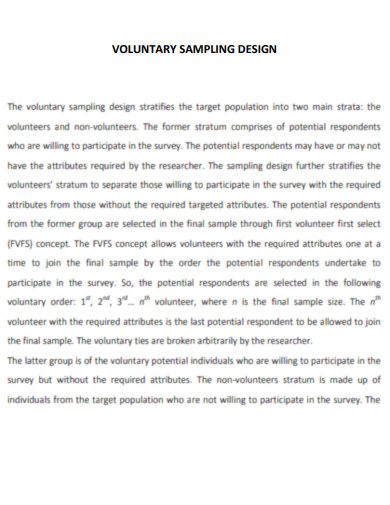
Voluntary Sampling Design
download now -
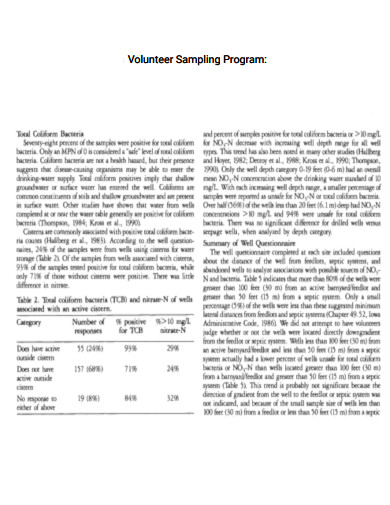
Volunteer Sampling
download now -
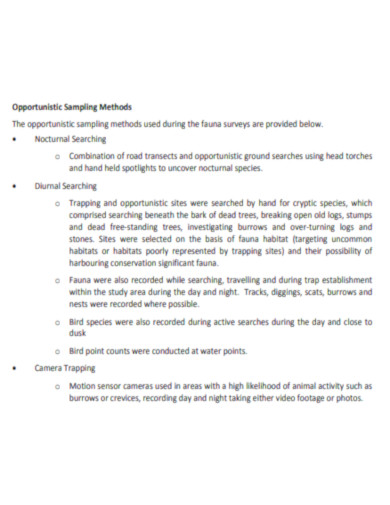
Opportunistic Sampling Method
download now -
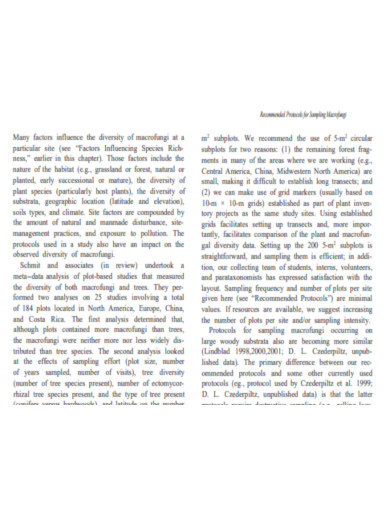
Recommended Protocols for Sampling
download now -
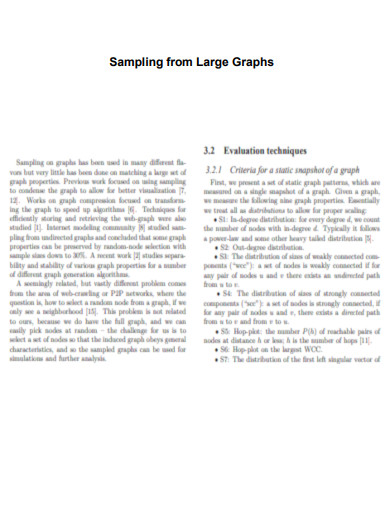
Sampling from Large Graphs
download now -
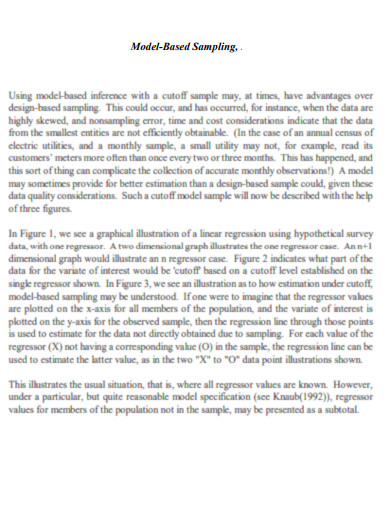
Model-Based Sampling
download now -
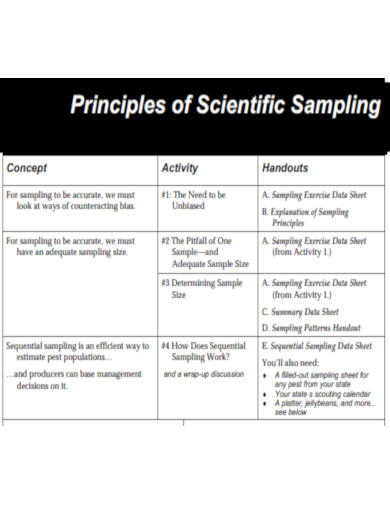
Principles of Scientific Sampling
download now -
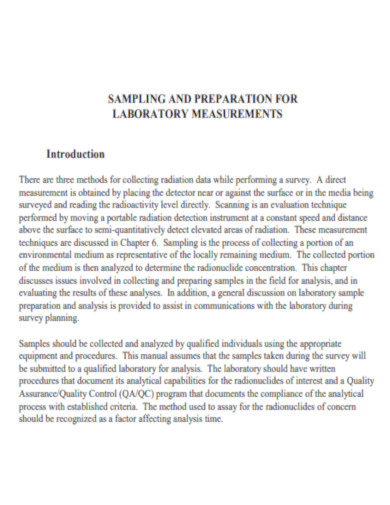
Sampling and Preparation for Laboratory Measurements
download now -
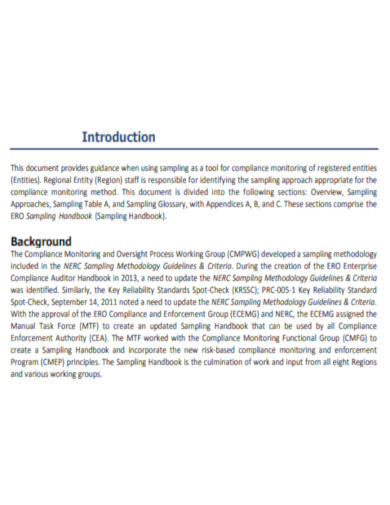
ERO Sampling Handbook
download now -
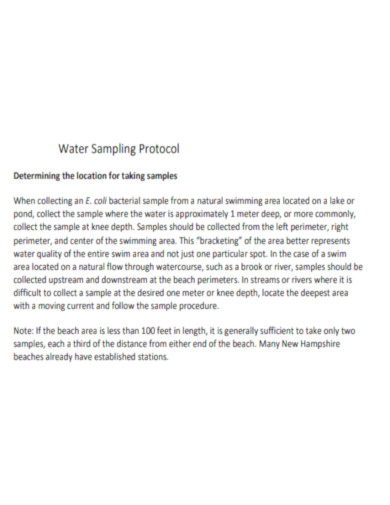
Water Sampling Protocol
download now -
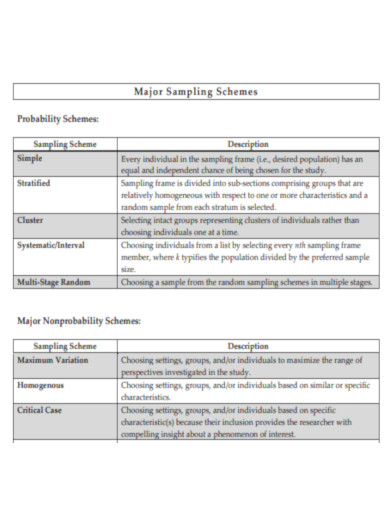
Major Sampling Schemes
download now -
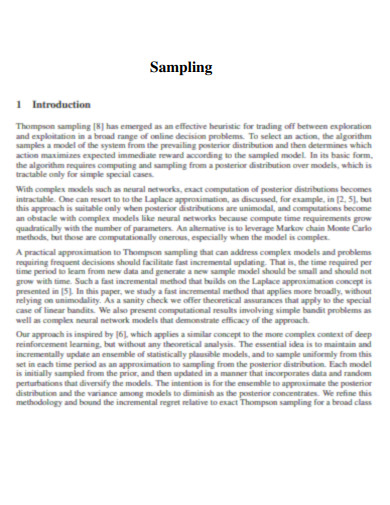
Sampling Example
download now -

Audit Sampling
download now -
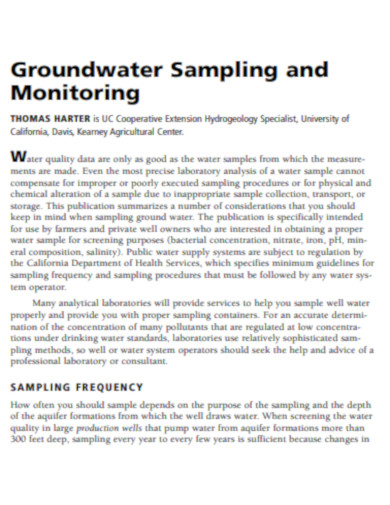
Groundwater Sampling
download now -
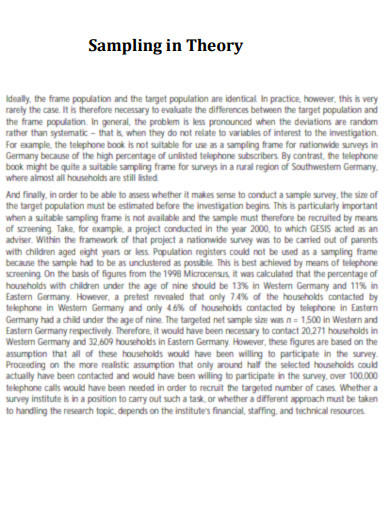
Sampling in Theory
download now -
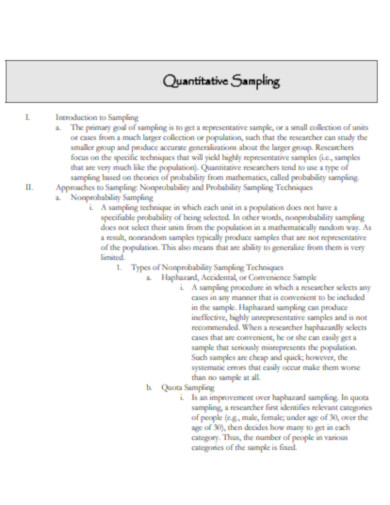
Quantitative Sampling
download now -
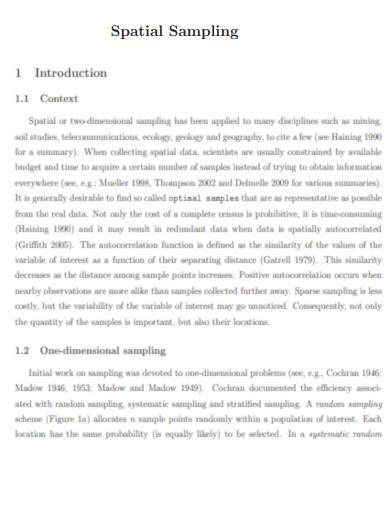
Spatial Sampling
download now -

Candidate Sampling
download now -
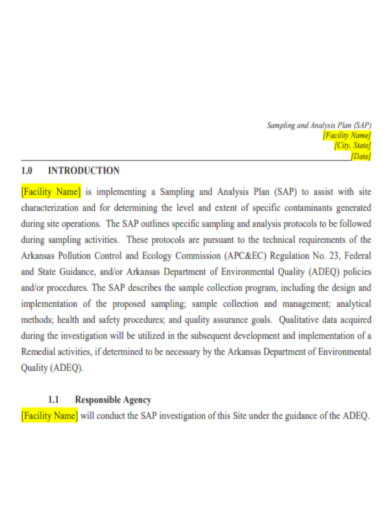
Sampling and Analysis Plan
download now -
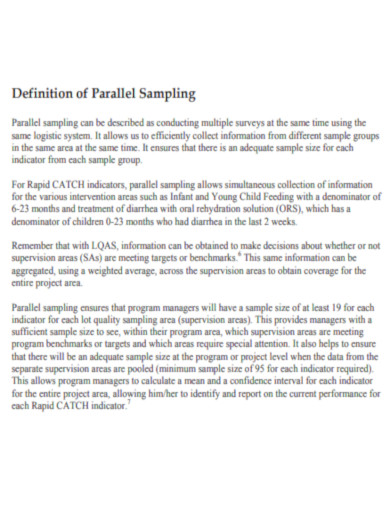
Parallel Sampling
download now
What is a Sampling?
A sampling is a technique to have statistical inferences on a set of data. This is a work plan strategy used by researchers to know the applicable decision that they have to do on a matter. It can provide the data that is needed in the operations of a business. Through sampling, actionable insights can be made. Sampling is a good method where you can save time and money. This is the best technique to have the survey that you need. It is ideal for every study to make the study feasible.
Some examples of a sampling are probability sampling, random sampling, cluster sampling, systematic sampling, stratified sampling, convenience sampling, purposive sampling, snowball sampling, and quota sampling. In all types of sampling, you will have the chance to know all your resources so that you can use them well for your work. Through sampling, you can manage a large set of data. It can be divided into sampling units where you can derive accurate information. But the end of it is that through sampling, you can have convenience for your business.
Types of Sampling
There are various types of sampling that you can choose from. Each can make you derive the accurate information that you need. Before you should make a sampling, you must be at least aware of the different types of sampling. Some of them are the following:
Benefits of Sampling
To meet the goals of your research, you need an accurate sampling method. This is a necessary step because it can make your study successful. Do you know why it is used by many people? Find out in this article some of the benefits of sampling.
How to Create Sampling
Sampling requires the right process so that you can get the right data that you need. Without proper procedures, you may not get an accurate result. Come learn some of the steps that you should take to do sampling.
1. Identify a Population
You need a population base to do sampling. This is where you can derive all the data. Create a hypothesis to have a statistical result. Make sure that the groups cover the things that you want to solve.
2. Pick Sample Size
Choose the size of the sample that you will have for the sampling. You should determine how you are going to pick the units. Consider the amount of time and other resources to have a sample. Be sure that it can represent the population.
3. Assign Numerical Values
Relate every unit using numerical values. Consider how the information is filtered. You can assign numbers to data or make it alphabetical. What matters is that everything will be sequential. All the value has a fair chance to be chosen.
4. Choose Random Values
Choose the item that you want to analyze. There can be several ways to gather the right data. Be sure that you are considering all the variables. But you can pick randomly to find the data that you need.
FAQs
How does sampling works?
You need to choose groups so that you can collect data. It allows you to test your hypothesis.
How much does product sampling cost?
To do product sampling, it may cost you $1-2 each. It depends on your products.
Your work accomplishment report will be better if you can do a sampling. You will know the right resources that can make your work successful. Sampling can give many benefits to a business. Just know the proper methods for doing sampling in your study.
